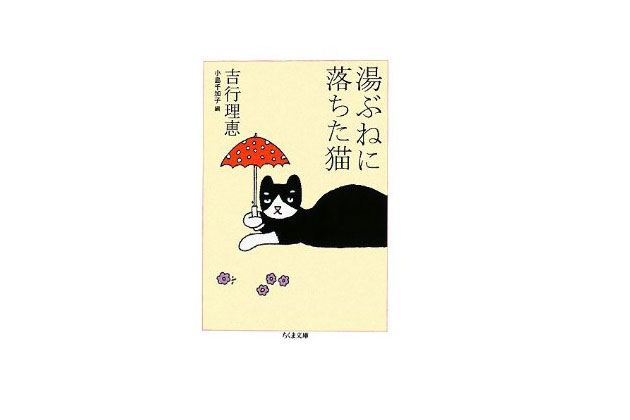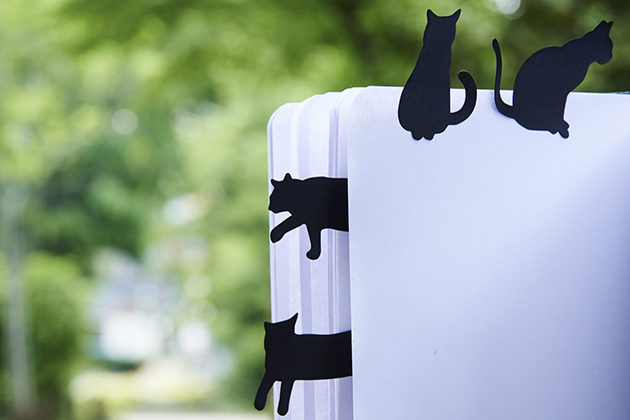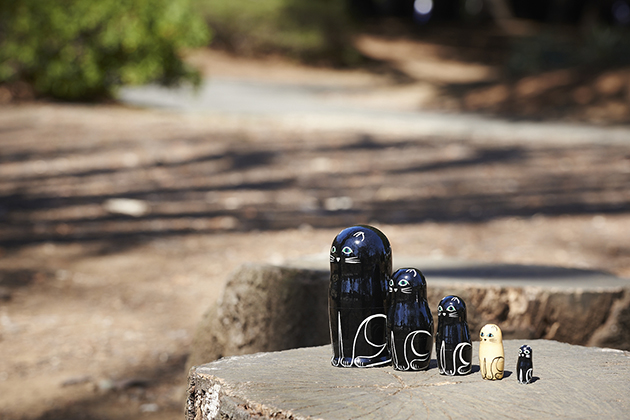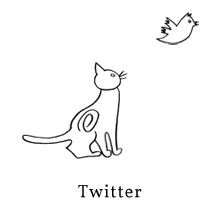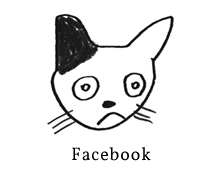This report is based on a talk titled 'How to Photograph Cats' that Mitsuaki Iwago recently gave at the Kawasaki City Museum in connection with his exhibition 'Mitsuaki Iwago's Animal Photography'. During his presentation, the cat-loving Iwago shared his methods and secrets for successfully capturing cats on film.

The importance of communicating with cats
"Though I now photograph many different animals, my absolute first animal photographs were of cats. That's why I have strong feelings regarding them. Even what we commonly refer to as 'stray cats' will have completely different expressions and body language than cats in other regions. In places where people are calm and tranquil, cats will also be calm and tranquil. In particular, people who live in towns with a lot of sloping roads tend to move at a leisurely pace. As a result, cats also move slowly in such places. Moreover, in places with narrow roads where cars can't enter, you will be likely to find cats laying in the middle of the street. If you say 'hello' to these relaxed cats, they will surely give you a proper reply."
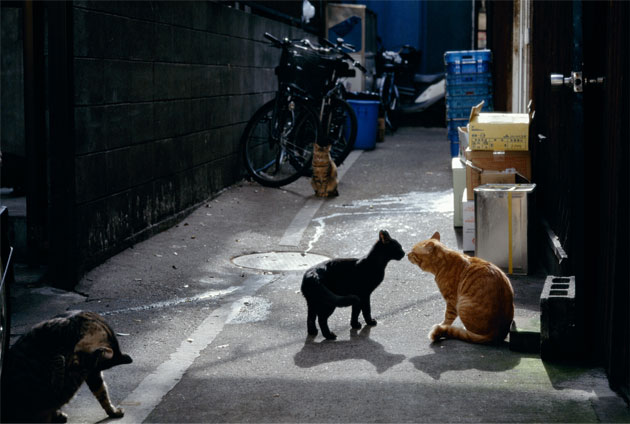
What kind of camera and equipment do I need?
"Even a cellphone camera is enough. However, if you don't have a telephoto lens, you're going to have to get close to the cat you're photographing. Due to this, it might be good to use a single-lens reflex (SLR) camera if you are photographing outside. However, if you are photographing the cat you live at home with, a big camera may prove intimidating. To avoid this problem, it is necessary to regularly put your camera in a place that the cat can see. It is good to start snapping pictures only after your cat has gotten over its fear of cameras. If you use a flash to photograph cats indoors, their hair will look spiky and lose its softness. Therefore, I recommend avoiding a flash. I also recommend not using a tripod, considering the line of sight will become too high. When I am photographing cats, I kneel down so that I am at the same eye line as they are. It's as if I'm crawling forward into battle (laughs)."
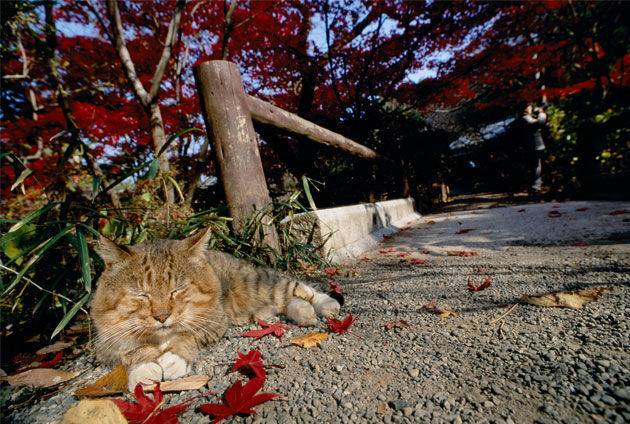
Shooting from 5 a.m.!
During this season (April-May), I begin photographing at about 5 a.m. If you're sleeping at this time, you can't photograph cats. Please get outside at the crack of dawn. If you're a night owl, it might be best to stay up without sleeping before going out to photograph (laughs). Though cats are often thought of as creatures of the night, they actually conform to human patterns of movement. As a result, cats begin to stir when our days begin. When people wake up and open windows, the cats go outside. When they first go outside, cats will immediately stop in place and acutely sense the weather and wind. This important act will decide their movements for the entire day."
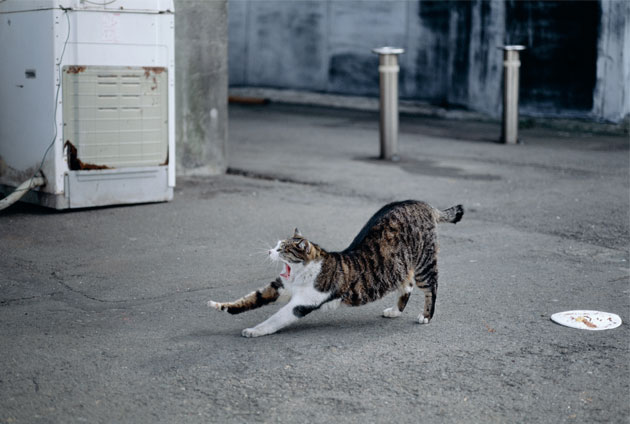
How to encounter cats around town
"Listen closely, watch closely and take a deep sniff. This will help you develop a 'cat's sense'. If you are using your full five senses as you walk around, the instant you turn into an alley you will either smell a cat or know where to look and find one. In doing this, you're not really using your human eyes - you're employing your 'cat's eyes'. Essentially, because humans are also natural living things, we have the ability to smell and read the air."
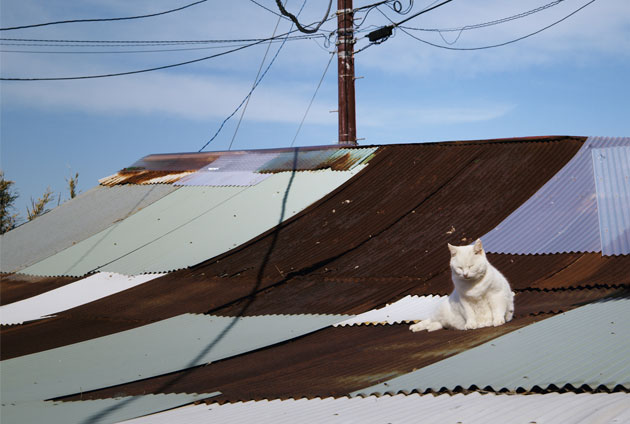
The difference between male and female cats
"Though this can be said of all animals, and especially mammals, it is important to distinguish between male and females as well as kittens and adults. Women are more likely to be attacked by wildlife. In the case of cats, I have been scratched more often by males. However, in reality, male cats are easier to photograph. Male cats seem to have more latitude and leisure in their lives (laughs). Because females do things such as raise the kittens, they concentrate more on what goes on around them. Because males are out on patrol, it is more likely that you will encounter them. Because they have the free time, they'll let you hang out and photograph them."
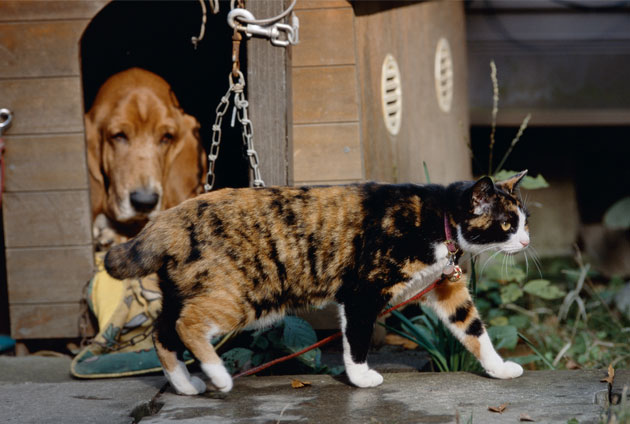
How to maintain distance with sensitive cats
"After you've made eye contact with a cat and they seem to keep looking in your direction, you know that they are aware of you. At these times, it is best to keep a distance. If you move towards a concerned cat, they will give you a look that says, 'don't come any closer.' This will create more of a distance between you and the cat. If you don't obey the cat's expression and take a further step, it is likely to quickly run away. When photographing, maintaining this distance is extremely important. Before deciding to approach a cat or not, you must observe it closely."
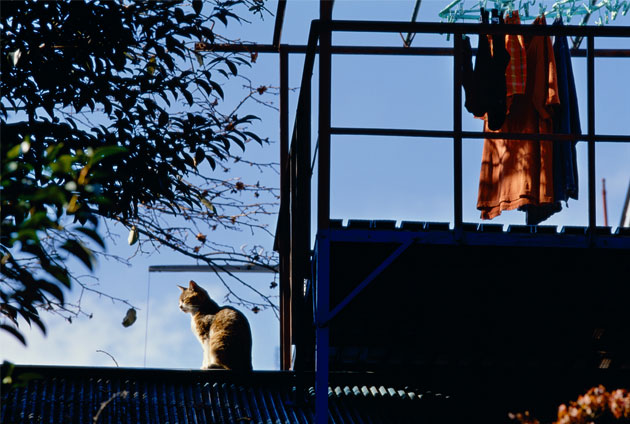
What is your method for getting cats to look at you?
"Depending on the cat, their are a number of ways to get a cat's attention. For example, when it's starting to get dark out, you need to use a lower shutter speed. However, this means that the cat will be blurry if it moves. To avoid this, in such situations, I say to the cat, 'Stop, hold your breath!' At that instant, when the cat is frozen, I snap the picture. When you speak out to a cat, they get the message. That said, you can also get shots of good cat body language by letting them roam freely. They don't need to be looking at the camera."

Overcoming a major challenge: Hints for photographing black cats
"Black cats are certainly difficult. A key element in capturing a black cats' expression is to squarely depict their eyes. You also have to trust your own eye and search for the best way to catch their expression or furry texture. Instead of getting the cat to move, the photographer has to move around and find the right place. To avoid flat black images and enhance the cat in a 3-dimensional manner, you also need to select good lighting. However, black cats should basically be black in photographs. Black cats are wonderful. I love them. They are so smart. Cats are conscious of their fur color. Because black and white cats absorb the sun's light in different ways, they move in totally different ways. Black cats tend to rest in places where there is little light, so it's good to look for them in the shadows.
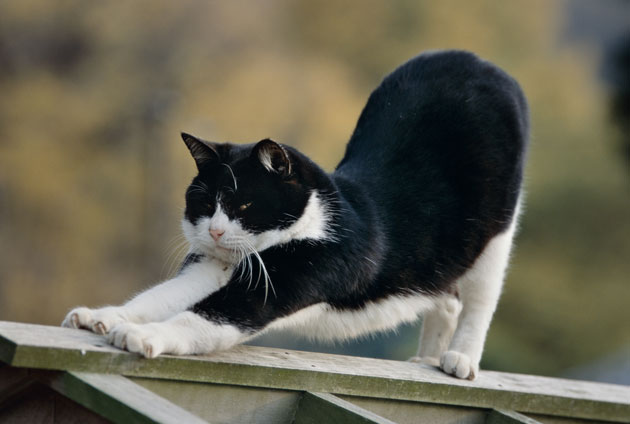
How to capture great cat body language
"For capturing great expressions, cats should be well-brushed, healthy and free of eye mucous. In the same way that models put on makeup, cats need to be prepared. Female cats should look pretty and toms should look dignified. This is the most important point for capturing great body language. Some people say that cats with large black eyes are best, but I don't care about things like this. Any kind of expression from a cat is 100% adorable! (laughs) Instead of photographing based on stereotypes, I like to find my own way of looking at cats. Because our eyes are better than a camera's lens, we should trust them. Background and lighting are also of importance. If you only focus your attention on the cat, the cat's actions will be the only thing in the photo. Think about how the scene can become photographic by moving with your camera and finding the best place to catch the cat in a 3-dimensional manner. You can also search for lighting that makes the cat look more round as well as use shadows to compose your image. Personally, when I am photographing cats, I try to think equally of the cat and the background.
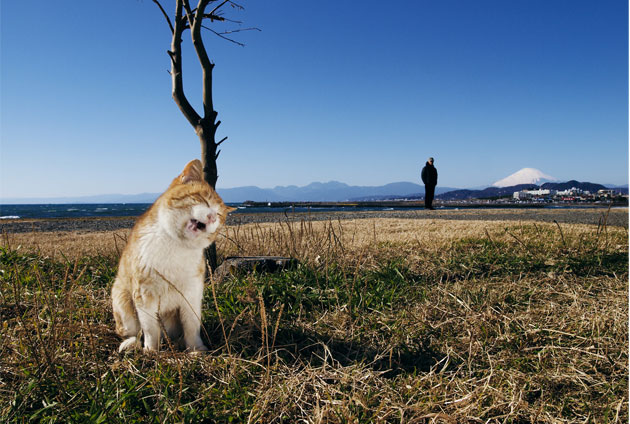
Cats as the masters of people?
"When you spend time together with cats, it passes in a flash. Though I think there are many people who live with cats, I don't think that they intend for the cats to become their own masters. Dogs clearly need to be controlled in a master-servant relationship. However, cats are completely different. In fact, cats perhaps consider themselves to be the master of their human owners. (laughs)"
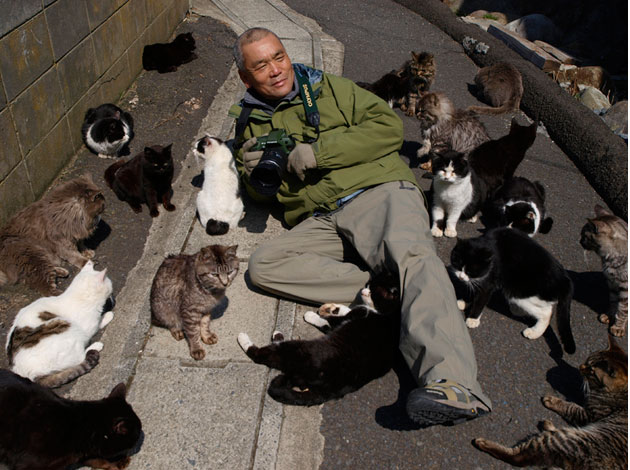
Portrait: Tashirojima, Japan 2009 ⓒ Hideko Iwago
Mitsuaki Iwago
Born in Tokyo in 1950. Animal photographer and winner of the Ihei Kimura Prize (1980), Japan Photographer's Association Prize (1985) and Kodansha Culture Prize. His publications include 'Okite' ('Rules'), 'Hokukyoku Guma' ('Polar Bear') and 'Chotto Nekoboke' ('A Little Time Spent with Cats').
http://www.digitaliwago.com/
"Mitusaki Iwago's Animal Photography"
This exhibition features work selected from 40 years of Mitsuaki Iwago's animal photography, including his 'Jewels of the Earth' series, cats from his hometown of Kanagawa, and a series of previously unseen work from Yokohama Zoorasia.
Dates: April 16 ~ June 26, 2011
Place: Kawasaki City Museum, Exhibition Room 1, Art Galleries 1-2
Admission: 600 yen (400 yen for students as well as seniors over age 65, Free entry for children and junior high students)
http://www.kawasaki-museum.jp/

